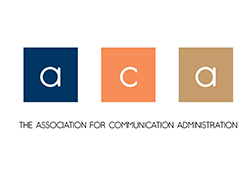Abstract
This article presents a survey which assessed the typical number of core courses college departments have, the most commonly used ones, and, in a general way, their contents. The article also provides data on department names and undergraduate program areas for a picture of the communication discipline in the 1990s. First, with regard to core course requirements, the following observations are noted: Though a majority of departments now have some type of core course requirement, a strong minority don't. Departments that have a core typically have a small one. There is a good deal of variation in cores, but one course stands out: Communication Theory. Equally significant are courses that don't stand out, specifically portfolio assessment and internships. The courses with the greatest variety of descriptions are, perhaps not surprisingly, Introduction to Communication and Mass Media and Society. As for the matter of department names and program areas, first, in a trend noted in 1980 as well as 1984, while department names are fewer in number now, they show a continuing movement away from the speech label to the broader communication title. Of special note is the ascendance of communications into the top five, while again, speech and theatre have dropped in rank. Second, the large number of program areas shows an expansion and perhaps fragmentation of the communication discipline. Yet the academic landscape is changing. It may well determine which programs succeed, and which fail, as the millennium approaches. The present survey may show both the challenges they pose -- and the potential.
Recommended Citation
King, C. P. (1998). A national survey of core course requirements, Department names, and undergraduate program titles in communication. Journal of the Association for Communication Administration, 27(3), 154–162.


